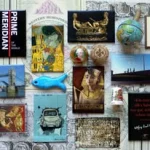When in 1365 Duke Rudolph IV had died without leaving offspring, his inheritance was split between the family. The Habsburgs were threatened to fall into oblivion. It changed almost a hundred years later when Friedrich III ascended the throne. He was not a very powerful ruler but by arranging his son’s wedding, he significantly strengthened his power. His son Maximilian I continued this tactical wedding policy, and so he entered history as a great Habsburg who managed to lay the foundation stone of one of the most powerful empires in Europe – “the empire where the sun never goes down”.
Emperor’s ABC-Book
In 2019, we commemorated 500 years since the death of Maximilian I. He is also called the “last knight” because he ruled during the transition from the Middle Ages to the Renaissance – the times marked by the impending Ottoman danger, the tension between the Habsburg lands and the Holy Roman Empire, but also by the invention of the printing press and the discovery of new worlds. For this anniversary, the Austrian National Library prepared an interesting exhibition in its gorgeous State Hall.
In the magnificent Baroque rooms full of old books, there were over 90 manuscripts, early prints and other valuable objects displayed in showcases. One of the most notable exhibits was Maximilian’s ABC-Book. The thin book begins with the alphabet, followed by the most important prayers in Latin and dates of various church holidays and other feasts.
The precious book is written in several types of calligraphy. The title page already indicates for whom the textbook was intended. Inside the decorative letter P of the Paternoster, there is the six-year-old successor to the throne reading from a book held by his teacher. The initial letters of other prayers in the book are also decorated with similar artistic miniatures.
The trilingual dictionary from 1489 is also very interesting. It was opened on the site where visitors could find names of various animals in Latin, German and Czech.
Benefits of the New Invention
Shortly before the emperor’s birth, the German inventor Johann Gutenberg came up with his innovation of the mechanical printing press which enabled a large number of entire books to be printed. Maximilian I, as the first Habsburg, quickly understood the meaning of both this invention and medium and began to use it for his own purposes. He had been intensively involved in various book projects, especially those which were supposed to document his life and reign. He interfered with the content, edited it and reworked the texts and pictures.
You could find here the original epic “Weißkunig” (The White King). The wood carvings and hand-drawn templates of this exceptional work belong to the masterpieces of book art of those times. From this book, we learned how Maximilian as a child had educated himself in all fields of science and art and that soon, he surpassed his teacher with his knowledge. However, from some other sources we know that he had a speech defect in childhood, he often came into conflict with his teachers and was more interested in hunting and fencing than in Latin grammar.
The exhibition also included beautifully illustrated books with instructions on how to prepare for knight tournaments, how to wrestle, hunt or angle. Maximilian I involved several scholars from libraries and archives as well to find out the glorious past of the Habsburgs and to create their family tree – of course, according to his concept. That is why we could see in the exhibited pictures that the Habsburgs were direct descendants of the Trojans!
For Lovers of Old Maps
During the reign of Maximilian I, the most important expeditions were realized – Bartolomeu Dias sailed to the Cape of Good Hope, Vasco de Gamma at the head of the Portuguese fleet discovered the sea route to India and Christopher Columbus discovered America. Thanks to the improved printing press, reports about the unknown lands and their inhabitants reached their readers in other parts of Europe as well. Some of them were translated into German, they are richly illustrated and include old maps. Maximilian’s scholars sent these precious documents to the court, the emperor studied them often with foreign ambassadors when they discussed the threat spreading from the Ottoman Empire. His personal physician Konrad Türst, for example, is the author of the oldest map of the territory of today’s Switzerland.
You could see also the first printout of the map depicting the Brazilian coast from 1513, the oldest detailed maps of Africa and the German edition of the book of Amerigo Vespucci.
One of the most interesting examples was the reproduction of the world map by Martin Waldseemüller from 1507 using the name America for the new continent for the very first time. That’s why it is called “America’s Baptismal Certificate”. Its only known copy is now in the Library of Congress in Washington. The authors Waldseemüller and Matthias Ringmann dedicated the attached description Cosmographiae Intruductio to Maximilian I – this is the reason why it was also part of this exhibition.
In addition to the successful discovery of new worlds, many scholars also explored the sky. Thus, at the exhibition, you could admire the picture of twelve symbols of the northern sky zodiac with the portraits of four prominent astronomers by Albrecht Dürer from 1515. At that time, a mathematical-astronomical school had already existed at the University of Vienna and thanks to Konrad Celtis, Maximilian’s adviser, also departments for poetics, rhetoric and mathematics had been established – as a precursor of the emerging humanism in Vienna.
The Fate of Maximilian’s Collection
Maximilian I possessed a huge collection of books that became the basis for the later Habsburg book wealth. The collection was started by his father Friedrich III, Maximilian expanded it by ordinary purchases and gifts but also by various autobiographical projects.
He moved all manuscripts and book prints to his castle in Innsbruck where the collection remained after his death in 1519. It served to educate his grandchildren. Besides that, the collection remained without much attention until Ferdinand II of Tyrol brought it to his castle Ambras to fill and decorate the shelves of his library. When the Tyrolean branch of the Habsburgs died out, Emperor Leopold I moved a large part of the books to the court in Vienna. They became part of today’s Austrian National Library. However, only in the last century, in 1936, most of the books from Maximilian’s collection were finally concentrated in one place.
More information about current exhibitions at the Library: www.onb.ac.at
Read more about the beautiful rooms of the Library: Prunksaal – A Spectacular Temple of Knowledge
Text: © Copyright Ingrid, Travelpotpourri
Fotos: © Copyright Ingrid, Travelpotpourri
Josefsplatz, Vienna, Wien, Austria

 TRAVEL
TRAVEL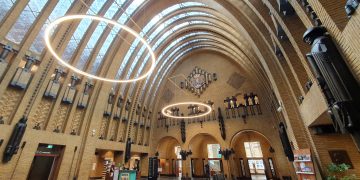








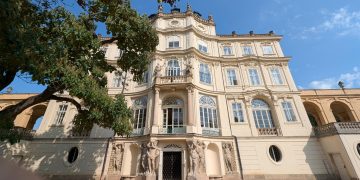
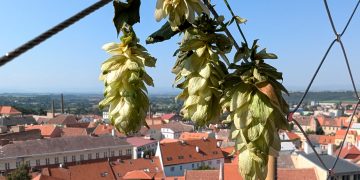

 RECIPES WITH A STORY
RECIPES WITH A STORY











 AUSTRIA-VIENNA
AUSTRIA-VIENNA
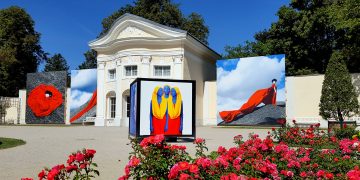
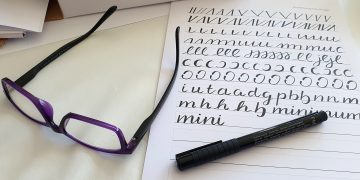
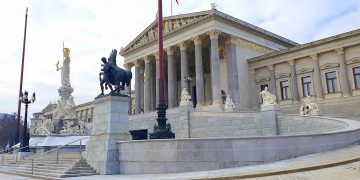


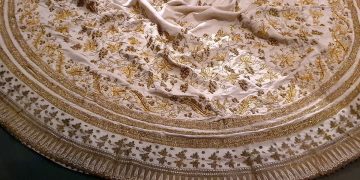

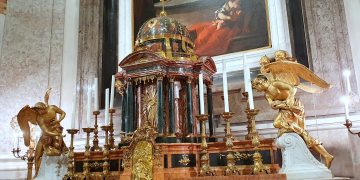

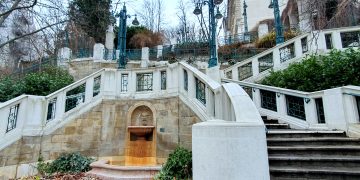

 SLOVAKIA-BRATISLAVA
SLOVAKIA-BRATISLAVA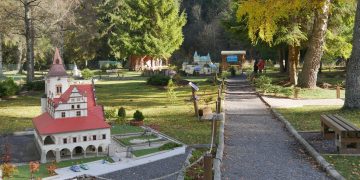
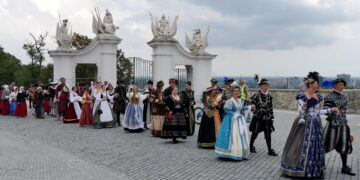


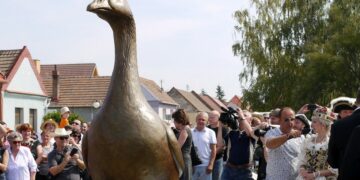
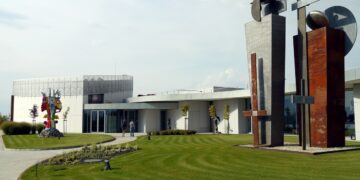


 EVENTS
EVENTS
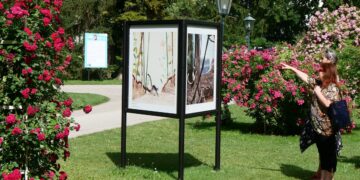


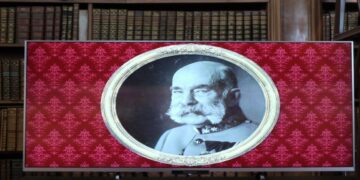
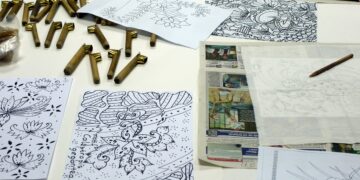


 INTERVIEWS
INTERVIEWS


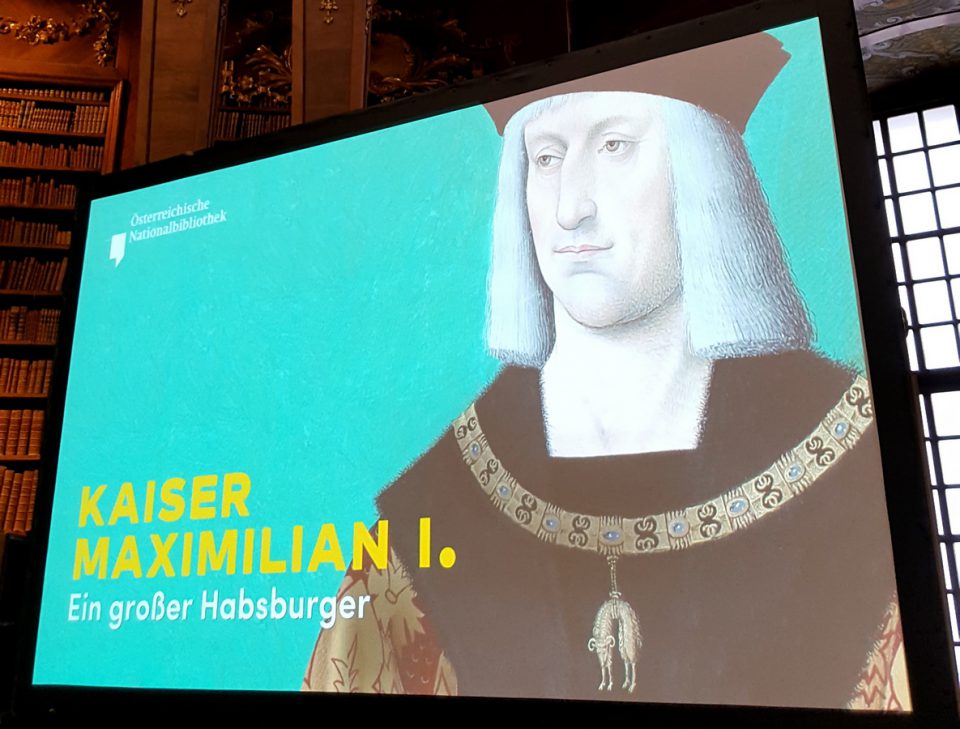









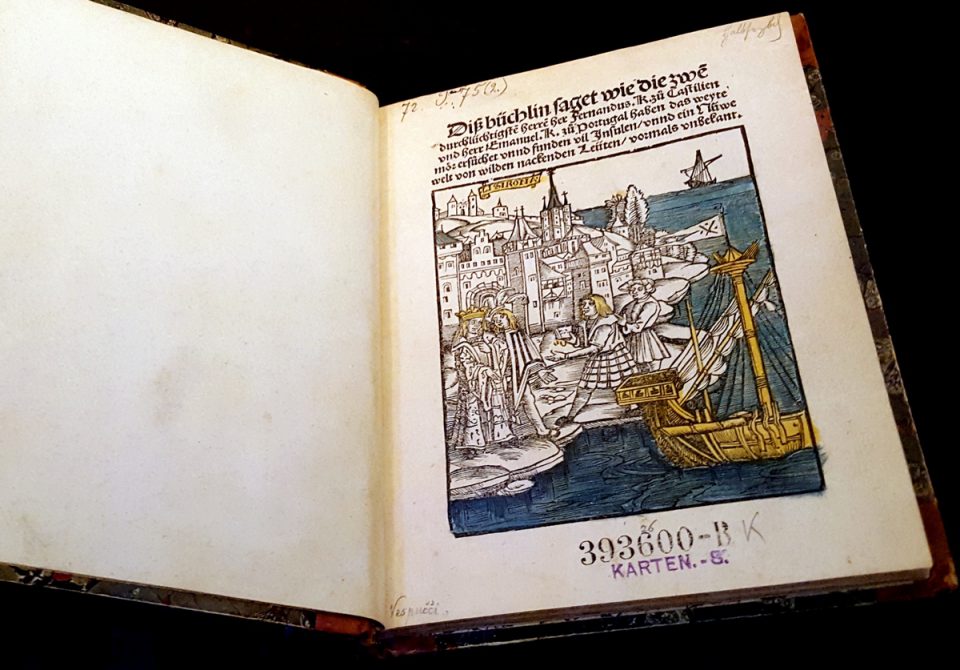
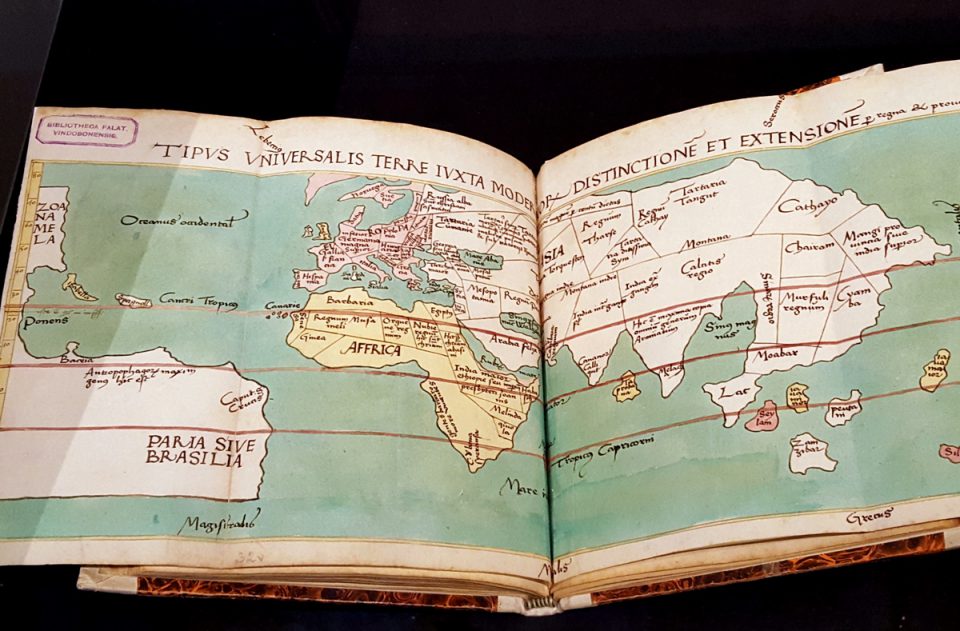




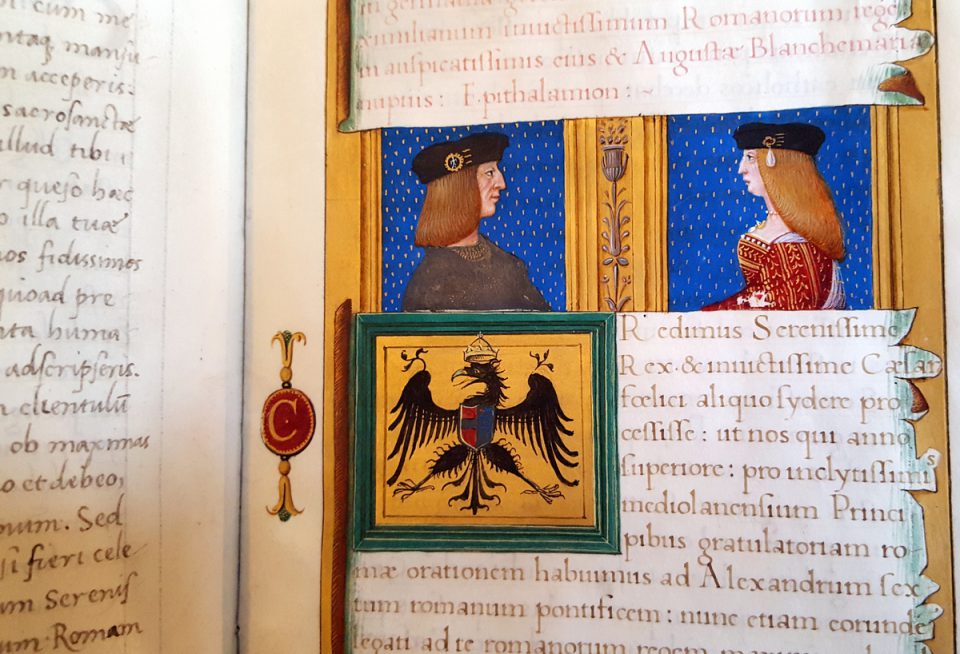






 In the Shadow of Valletta’s Churches
In the Shadow of Valletta’s Churches 9 Interesting Facts You Probably Didn’t Know About Paris
9 Interesting Facts You Probably Didn’t Know About Paris

